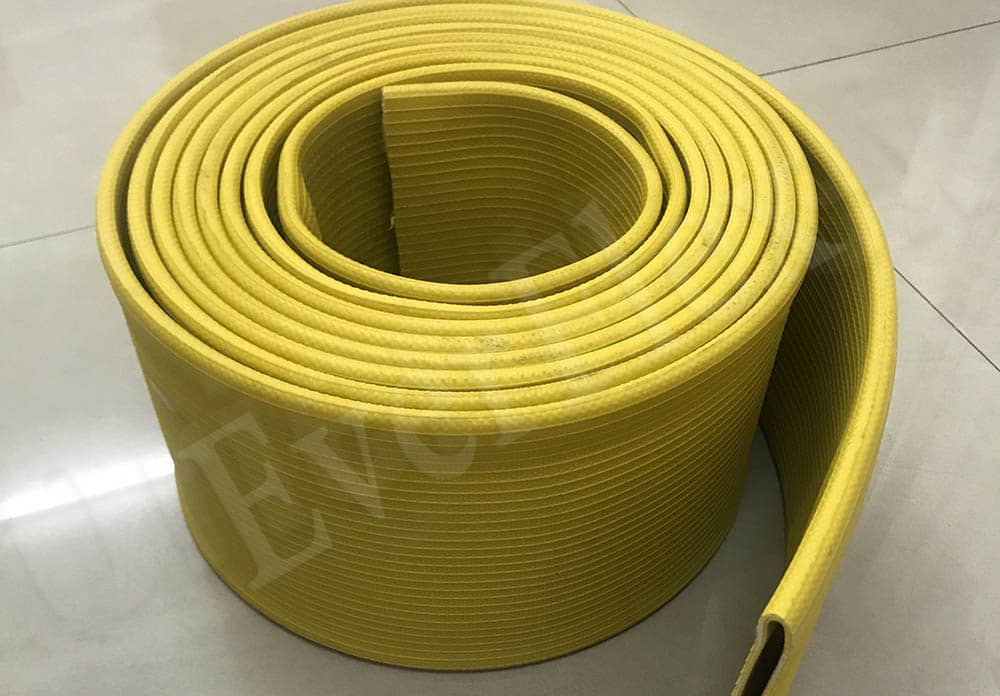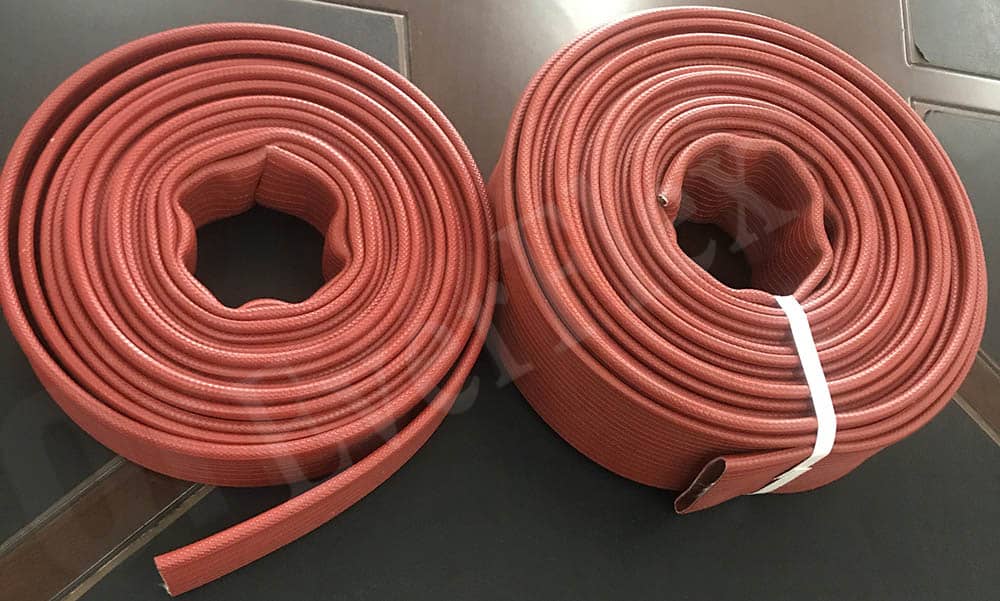Appearance
Take a knife and gently scrape the surface of the interface. You’ll see that, visually, the surface should have gone through anodizing or electrostatic spraying for anti-corrosion.
Anti-drop Performance
Turn the claws downward and place the lowest point of the interface at a height of (1.5 ± 0.05) m above the ground. Then, let it fall freely onto the concrete floor. Do this five times in a row. After that, check whether the interface is broken and if it can work properly with a fire interface of the same caliber.
Product Identification
Look closely and check if the product name, model, and specifications match those in the 3C certification type inspection report of the fire hose.
Appearance Quality of the Fabric Layer
In a qualified hose, the fabric layer should be evenly woven. Its surface ought to be clean, with no double warp skipping, double warp breaking, weft skipping, or scratches.
Hose Length
Unroll the whole hose and use a tape measure to find its total length. Remember, don’t include the interface in the measurement. Then, compare the measured data with the nominal length of the lined fire hose. If the hose length is shorter than the nominal length by more than 1 m, you can consider the product unqualified.
Pressure Test
Cut a 1.2 m-long piece of the hose. Use either a manual pressure test pump or an electric one to steadily increase the pressure up to the test pressure. Keep the pressure steady for 5 minutes and check for any leakage. If there is leakage, the hose fails the test. While still at the test pressure, keep on pressurizing until the sample bursts. The bursting pressure should be at least 3 times the working pressure of the hose. For example, for the commonly used type 8 hose, the test pressure is 1.2 MPa and the burst pressure must be not less than 2.4 MPa.







